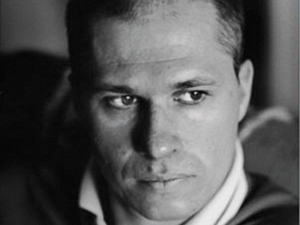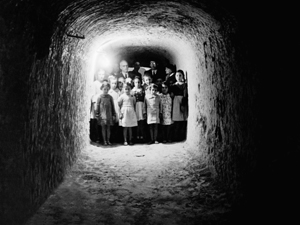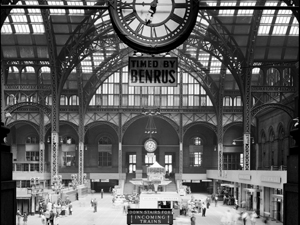The Trials of Rafi Segal The Trials of Rafi Segal
In Israel, an architectural competition and its winner have been sabotaged by the bad faith of its sponsors.
Apr 24, 2013 / Books & the Arts / Michael Sorkin
Risky Business: On Risk and Individualism Risky Business: On Risk and Individualism
A history of how risk management profits from manufacturing new forms of uncertainty and insecurity.
Apr 24, 2013 / Books & the Arts / Stephen Mihm

And Darkness Comes: On Aleksandar Hemon And Darkness Comes: On Aleksandar Hemon
How did everything a writer had known and loved come violently apart?
Apr 24, 2013 / Books & the Arts / Aaron Thier

Beyond Beyond
Mira Nair’s The Reluctant Fundamentalist, Terrence Malick’s To the Wonder, Derek Cinfrance’s The Place Beyond the Pines, Brian Helgeland’s 42
Apr 24, 2013 / Books & the Arts / Stuart Klawans

Chrissy Amphlett’s Pleasure Anthem Chrissy Amphlett’s Pleasure Anthem
In 2013, a song like “I Touch Myself” is less shocking than it once was. But it is still revolutionary.
Apr 22, 2013 / Books & the Arts / Chloe Angyal
Give Me the Bad News First Give Me the Bad News First
Press coverage is hasty, error-prone and frequently depressing—but it nonetheless plays a vital role in our society.
Apr 18, 2013 / Books & the Arts / Eric Alterman and Reed Richardson
The Sons of Revolution and Steerage: On ‘City of Ambition’ The Sons of Revolution and Steerage: On ‘City of Ambition’
FDR, Fiorello La Guardia and rebuilding New York City during the New Deal.
Apr 18, 2013 / Books & the Arts / Richard Kreitner
Save the New York Public Library! Save the New York Public Library!
The current renovation plan is too costly and will ruin the landmark 42nd Street building. A reasonable compromise is still on the table.
Apr 17, 2013 / Books & the Arts / Scott Sherman

Chim’s Eye: On Photography and Politics Chim’s Eye: On Photography and Politics
Is it possible to create an intellectually aware, politically honest image?
Apr 15, 2013 / Books & the Arts / Francis Reynolds

Dreams Built and Broken: On Ada Louise Huxtable Dreams Built and Broken: On Ada Louise Huxtable
How an architecture critic made New York City her touchstone for discussions of public space.
Apr 15, 2013 / Books & the Arts / Alexandra Lange
